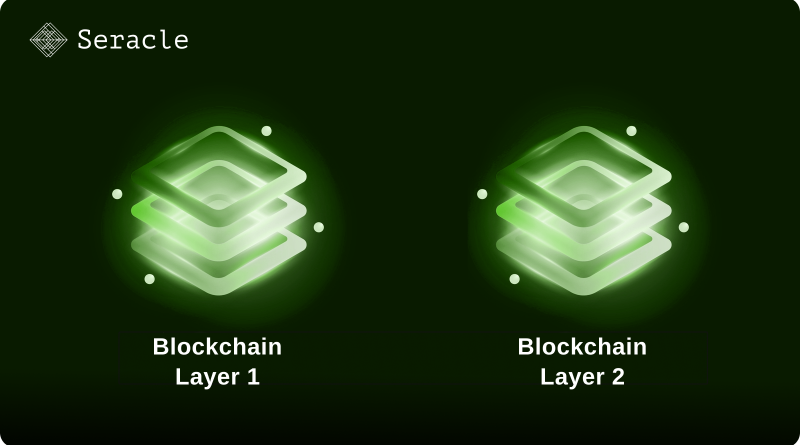What is Layer 2 Blockchain Development?
Blockchain technology is becoming an increasingly popular solution for secure and decentralized applications. However, scalability has been a major challenge for blockchain technology as it is essential to have a technology that can handle the growth of data on the blockchain. Layer 2 blockchain development is the solution to this challenge.
In this explainer, we will discuss what a Layer 2 blockchain is, why it is important to understand Layer 2 blockchain development, and the technical knowledge needed to develop Layer 2 blockchains.
Understanding Layer 2 Blockchains
Layer 2 blockchain is a type of blockchain that is built upon a layer 1 blockchain like Ethereum or Bitcoin. It provides a way for developers to scale their decentralized applications while still benefiting from the security of the underlying blockchain. Layer 2 blockchains are faster and more efficient than layer 1 blockchains because they use less computational power.
Layer 2 blockchains are different from layer 1 and use off-chain mechanisms to process transactions. They provide high throughput and low transaction fees for applications. However, they have some disadvantages, like complexity in upgrading the blockchain and requiring knowledge of programming languages.
Technical Knowledge Required for Layer 2 Development
Developing on Layer 2 blockchain requires a deep understanding of the protocols and their functionalities. The developer also needs to familiarize themselves with layer 2 blockchain programming languages and data structures, and consensus mechanisms.
The developer should have knowledge of smart contracts, decentralized apps, and blockchain architecture. They should also have a deep understanding of the underlying blockchain technology, development tools, and methodologies.
Tools and Frameworks for Layer 2 Blockchain Development
Developing on Layer 2 blockchain requires the use of various tools and frameworks. These tools and frameworks provide developers with a set of features and functions that they can use to build robust and scalable decentralized applications.
Some of the popular tools and frameworks used for layer 2 blockchain development include Plasma, State Channels, Rollups, zkRollups, Optimistic Rollups, and more.
It is important for developers to understand the differences between these tools and frameworks and choose the one that is best suited to their needs.
Best Practices for Layer 2 Blockchain Development
Security is of utmost importance when developing on Layer 2 blockchain as it involves handling valuable assets. Developers should follow best practices for developing secure smart contracts and decentralized applications. They should also know how to test and debug smart contracts and DApps.
Collaboration and community involvement are crucial in developing on Layer 2 blockchain. The developer should be part of the community and learn from other developers to optimize their knowledge.
Challenges and Future of Layer 2 Blockchain Development
Layer 2 blockchain developers face several challenges, including security, scalability, and interoperability. However, developers are working to overcome these challenges.
In the future, we can expect layer 2 blockchain development to continue to grow and evolve. The focus will be on increasing scalability, improving security, and enabling more use cases.
Conclusion
Layer 2 development is an exciting field with great potential for the future. As developers, it is important to understand what Layer 2 blockchain is, the technical knowledge required to develop on Layer 2 blockchain, the tools and frameworks available, and the best practices to follow.
Visit Seracle and keep up with the latest trends and developments to stay ahead in this rapidly advancing industry and take advantage of the opportunities it presents.
Explore more:
- Revolutionizing DeFi: The Rise of Liquid Restaking Tokens

- Digital Asset Fund Inflows Soar to $1.35 Billion Amid Renewed Market Optimism

- Asset Tokenization: Navigating Opportunities and Challenges Ahead

- Blockchain for Good: How Crypto is Driving Global Financial Inclusion

- Web3 Adoption Surges: 10 Million Users Mark a New Milestone in Q2 2024


